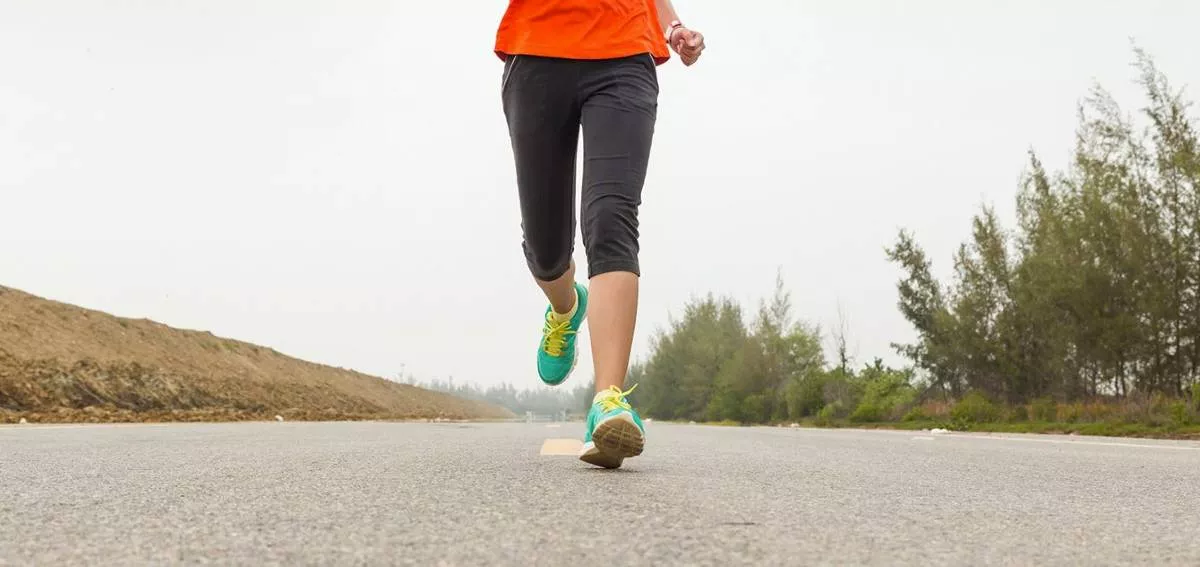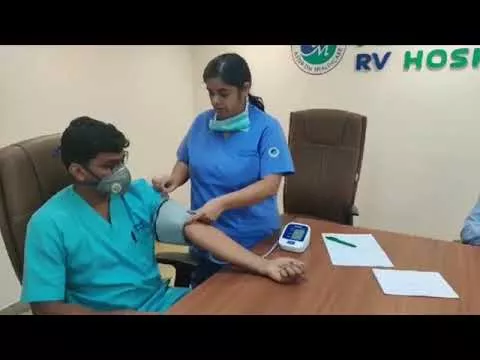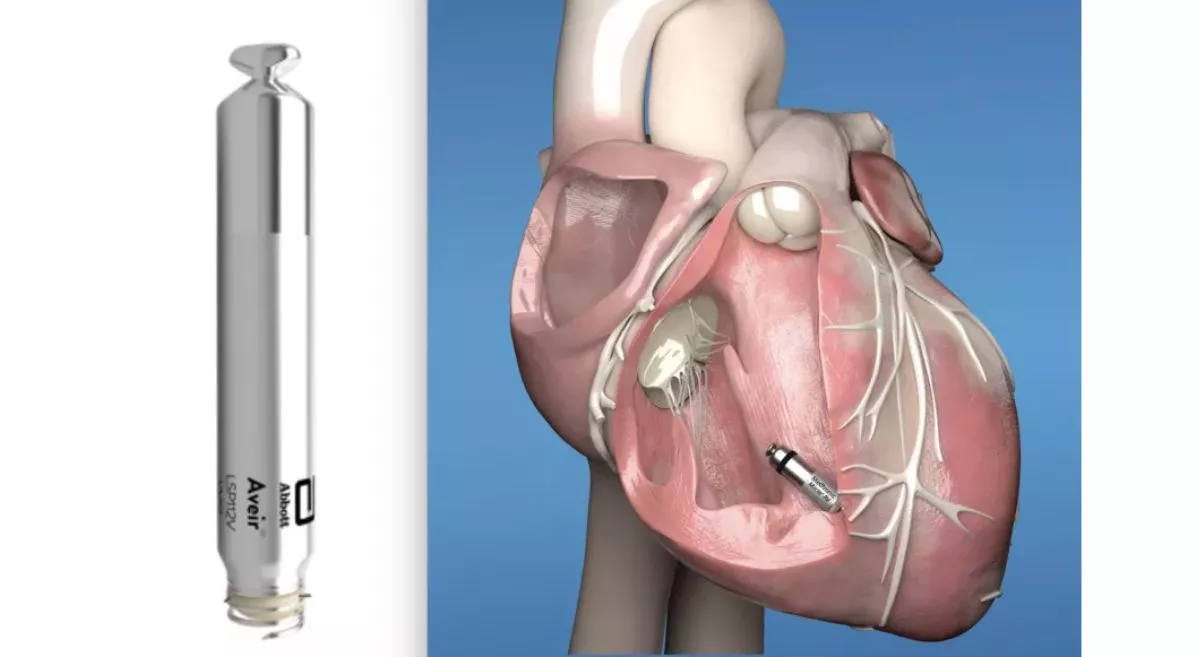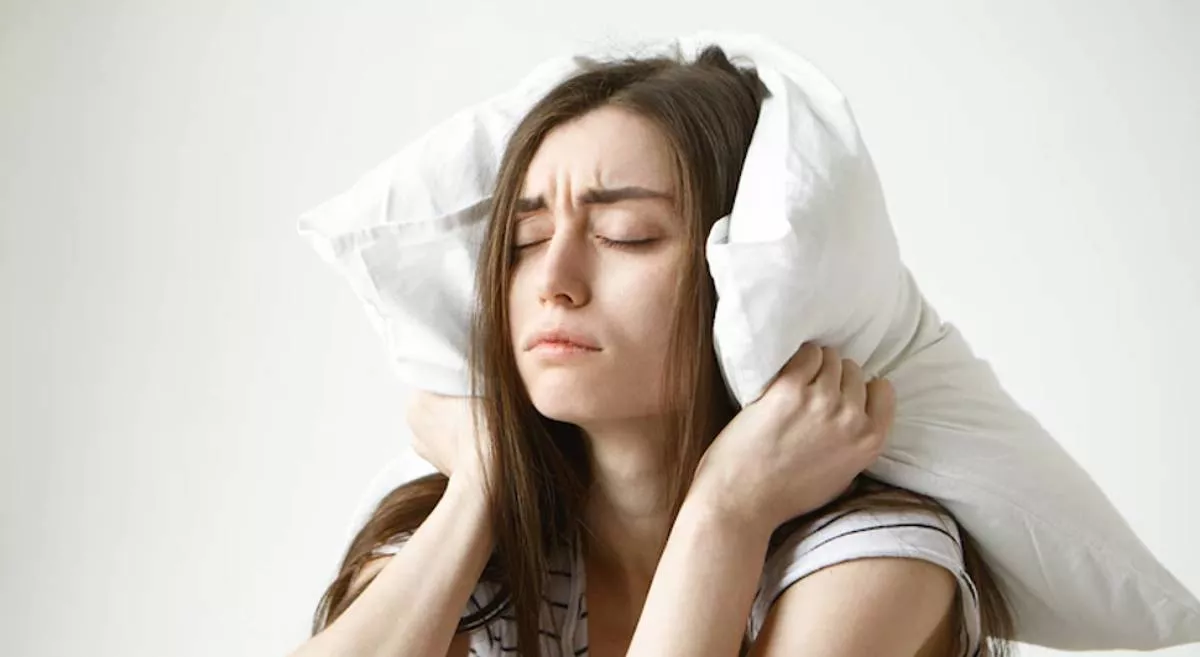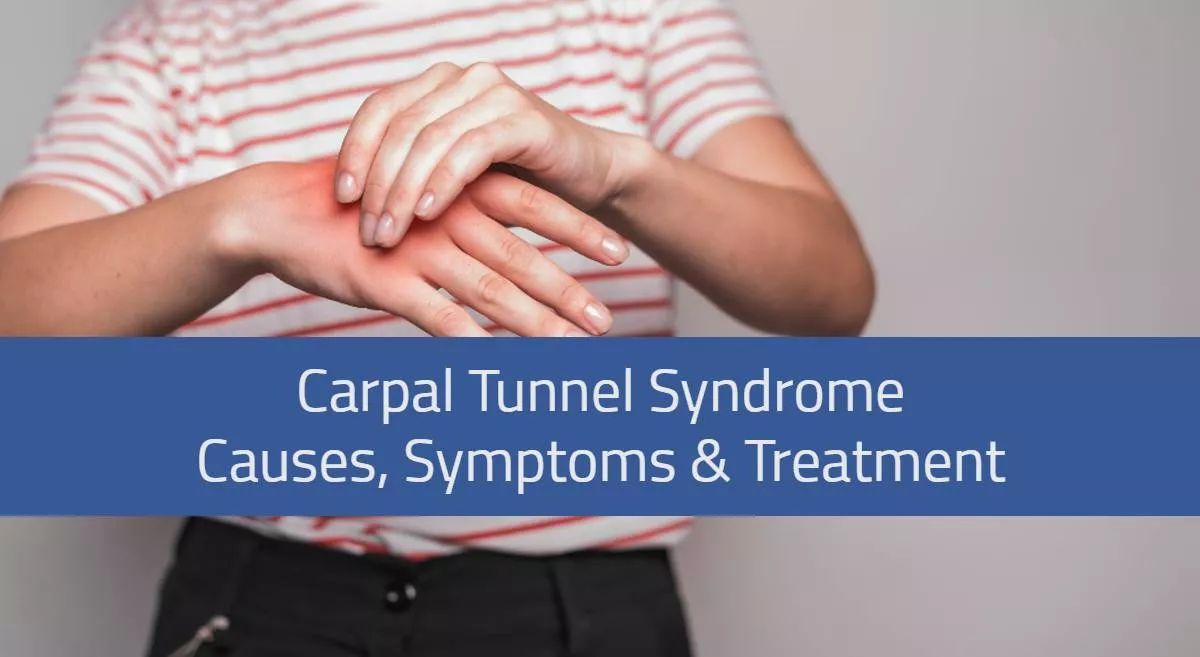It is possible to lower your blood pressure by making exercise a habit. It also provides you with more energy and is an excellent way to relieve stress and improve your mind. If you are not already active, consult with one of the best cardiology hospital in Bangalore as it is already renowned for top heart treatment facilities. We will determine whether you are fit enough to do regular exercises or activities because an active lifestyle lowers blood pressure, of which your doctor is likely to approve. If you’re managing hypertension and seeking complete healthcare guidance, visiting an Internal Medicine Hospital in Hebbal Bangalore can help you get the right medical supervision along with lifestyle advice. There is no need to join a gym. Regular light exercise can help lower blood pressure and thereby prevent cardiovascular disease. However, knowing how to exercise safely is critical for hypertensive people to avoid unnecessary difficulties.
Does being active help blood pressure?
Being physically active is one of the best strategies to lower your blood pressure or prevent high blood pressure (HBP) in the first place. Though there are restrictions on the kind of workouts you can do if you have HBP, exercise strengthens your heart and is a drug-free way to lower your blood pressure.
Exercise also aids in the maintenance of a healthy weight, which has a beneficial influence on blood pressure and can help lower bad cholesterol. If you’re unsure about your exercise plan, you can always consult General Physicians in Hebbal Bangalore who can guide you on suitable workouts and overall heart health management.
What exercises should be avoided with HBP?
There is no single fitness regimen that is suitable for all people. Individualised exercise prescriptions should be adjusted to your skills, to reduce injuries and increase the incentives for sticking to a routine. HBP patients do not need to avoid exercise, but they should be aware of when they are over-exerting themselves.
Regular exercise helps to decrease blood pressure. However, if blood pressure is projected to rise above 190 mmHg at peak exertion, doctors may recommend avoiding moderate- to high-intensity exercise.
So, how can you determine whether you are overdoing it during a workout? The following are some warning indicators to look out for:
- Feeling lightheaded or dizzy
- Vomiting or nausea
- Fatigue from pain
What if I have trouble standing or walking?
While walking or dancing are the ideal activities for lowering blood pressure, not everyone can stand or walk, which is where chair exercises come in. Chair-based exercises are simple to conduct at home and do not require any extra equipment other than a chair with armrests; however, you can gradually add stretch bands and/or modest weights.
Chair exercises are an easy way to get your heart pumping while sitting. Push both hands forward at shoulder height while keeping your wrists extended from an upright seated position, then return them to the armrests and repeat. Start with four to five repetitions or as many as you feel comfortable with. Rest and then do it again.
How can I exercise with HBP?
Start Slowly
Whatever workout you choose, remember to start slowly and gradually increase speed or intensity depending on your fitness level improvements. If you are thinking about joining a gym, start with a beginner-level class. Always remember to warm up before exercising and cool down afterward to avoid injury. Gradually increase the intensity of your workouts.
Keep track of your progress and take regular blood pressure readings
Using a home blood pressure monitor, track your improvement and take frequent blood pressure measurements. This can help you figure out whether or not your exercise routine is working to lower your blood pressure. Monitor your blood pressure before and after you exercise for at least one hour.
Pay attention to your body
If you develop chest pain or tightness, dizziness, excessive exhaustion or severe shortness of breath, you should stop exercising. If medical assistance is required, seek it right away. Before beginning an exercise programme, talk to your doctor, especially if you have not been physically active in the past.
Make others aware of your situation
HBP is unpredictably high, and even light-to-moderate exertion can raise blood pressure. Wearing a medical identification bracelet or alerting your workout partner about your illness can help you stay safe if something goes wrong during your workout.
Avoid tasks that require much strength
Any exercise that is highly intense for a short amount of time, such as sprinting or weightlifting, should be avoided. These activities will quickly elevate your blood pressure, putting undue strain on your heart and blood vessels. Squash, skydiving and scuba diving are other hobbies you should avoid unless you are a qualified professional with well-controlled hypertension.
Do not let your routine get out of hand
If you do not have time to do a 30-minute workout every day, try splitting it up into 10-minute workouts whenever possible. This is preferable to cramming all of your workouts into one session, as abrupt spurts of activity can be harmful to your health. It can also increase your chances of musculoskeletal ailments such as dislocations, sprained ankles, muscle tears or wrist sprains.
FAQs:
1. What is the main cause of HBP?
An unhealthy diet that is high in cholesterol, fat and salt is the major cause of HBP.
2. Can lack of sleep cause HBP?
In both children and adults, a lack of sleep on a regular basis can lead to HBP.
3. What is the best position to sleep in with HBP?
The best sleeping position for hypertension is on the left side.
4. When is the best time to check blood pressure?
The first measurement should be taken first thing in the morning, before eating or taking any medicines, and the second should be taken later in the evening.
5. What is stage 2 HBP?
A systolic pressure of 140 mm Hg or higher or a diastolic pressure of 90 mm Hg or higher indicates stage 2 hypertension.
